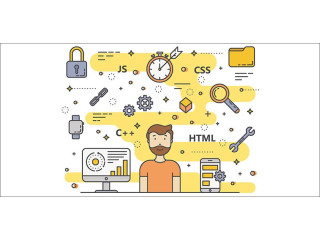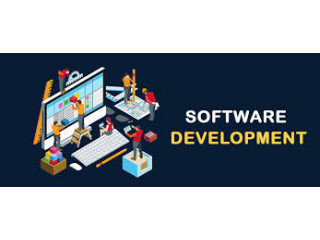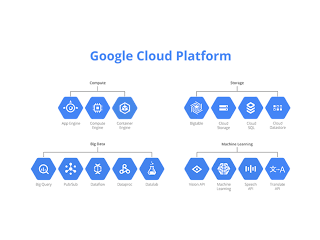Best learning and coaching platform to learn and read about
Jan 18th, 2024 at 23:19 Software Development Coders Delhi 249 views Reference: 1154Location: Delhi
Price: ₹24,000
The characteristics that allow us to classify these ways of using augmented reality are usually given by the way it is initiated (trigger) and by the tracking of the experience. Depending on this we can find a wide group of types of augmented reality, such as:
- Augmented reality on markers
- Augmented reality for images (image tracking)
- Location-based augmented reality (AR with GPS)
- Augmented reality on surfaces (also called World tracking or SLAM)
- Augmented reality on spaces (Spatial Tracking)
- Augmented reality on objects (Object tracking)
- Face tracking or augmented reality with filters on the face
- Body tracking or augmented reality on body parts
- Augmented reality in open spaces (World mapping)
Other classification methods
It should be noted that this is not the only system of division of the types of augmented reality, where we give special weight to the massive use through cell phones and web AR. There are studies where a differentiation is made based on other types of concepts, such as this classification study of the different types of augmented reality 1.
Here, as can be seen, an organization is proposed in which supports are added such as the projection of images on buildings with tools such as large projectors or also where other types of tools such as glasses or headsets are included (example of Google Glass, HoloLens, etc.).
his type of augmented reality has never really been used, beyond trials or experiments in computer vision departments, because of the limited usefulness of the final support.
In Onirix we support AR on QR codes, although it is a type of tracking that we only offer for specific cases that expressly need it.
Augmented reality on images (Image tracking)
The clear evolution of the previous case was to achieve an experience on figurative images, i.e. images that are in our daily life and are recognizable by the human eye: posters, product packages, business cards, labels, book covers, etc. In this case it is necessary to perform a small training process of the image so that the system detects the key points or recognizable points. From there, the vision algorithms are able to detect these images in a matter of milliseconds and then track them constantly, keeping the AR content as if it were anchored.
our email id and coching name is mentioned here
email id - rgiblcoching@gmail.com
institued name - ibl coching centre near by laxmi nagar in delhi














